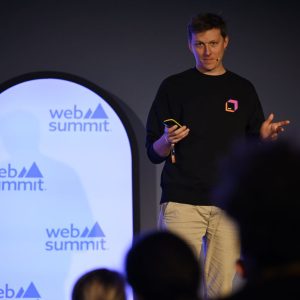A computer system that tracks and monitors levels of water-borne pollution will soon be presented to the Venice Lagoon Water Ministry, to help in its fight against the water pollution problem affecting the city of Venice. The European Computer-Industry Research Centre, based in Munich celebrated its tenth anniversary last month and demonstrated its Venice Lagoon prototype, which is due for completion in May next year. The system consists of a static database of Venetian factories and potential sources of pollution and the exact types of pollution they put into the Venice lagoon area. The developers hope to have a direct link to remote pollution sensors to keep track of changes in pollution levels as they occur. ECRC provided the Eclipse computer language being used in the project and Rome-based software house EDS Systems & Management SpA is responsible for building the final application. The system will be able to identify potential and actual polluters, the theory being that knowing who they are will enable corrective action to be taken. The Eclipse language has been in use for some time by the ECRC, but this is the first application where it has been parallelised to process the vast amounts of data on polluting factors. The system contains a mathematical model on how pollutants diffuse in the lagoon area, starting from the sources. This is represented as a graphical image on the computer screen. The in-built automation tool analyses the current state of the pollution and checks that it is below the legal limits. It can also determine whether the polluting source could be relocated to another place to minimise the impact on the environment. There is also a function enabling the user to click on each polluting source stored in the database and see exactly what substances are emitted from them. The system has been set up so that it can be run on a large parallel machine or on a cluster of workstations. Unfortunately the data being used is not a complete set at this stage. There is also the problem that the cost of buying remote sensor equipment is very high and each type of sensor detects only a specific type of pollutant, so the system’s effectiveness may be limited by the information made available to it. The demonstration version runs on an ICL Plc DRS 6000, Sun Microsystems Inc workstations and a Silicon Graphics Inc machine. The Water Ministry does not directly fund the project, but has been in consultation with the developers of the system, providing feedback. The Venice lagoon area is unique because it covers an area of about 25 miles by six miles, but is a more or less closed system that only has three areas where fresh water can enter the lagoon, so pollution is a particularly pungent problem.






